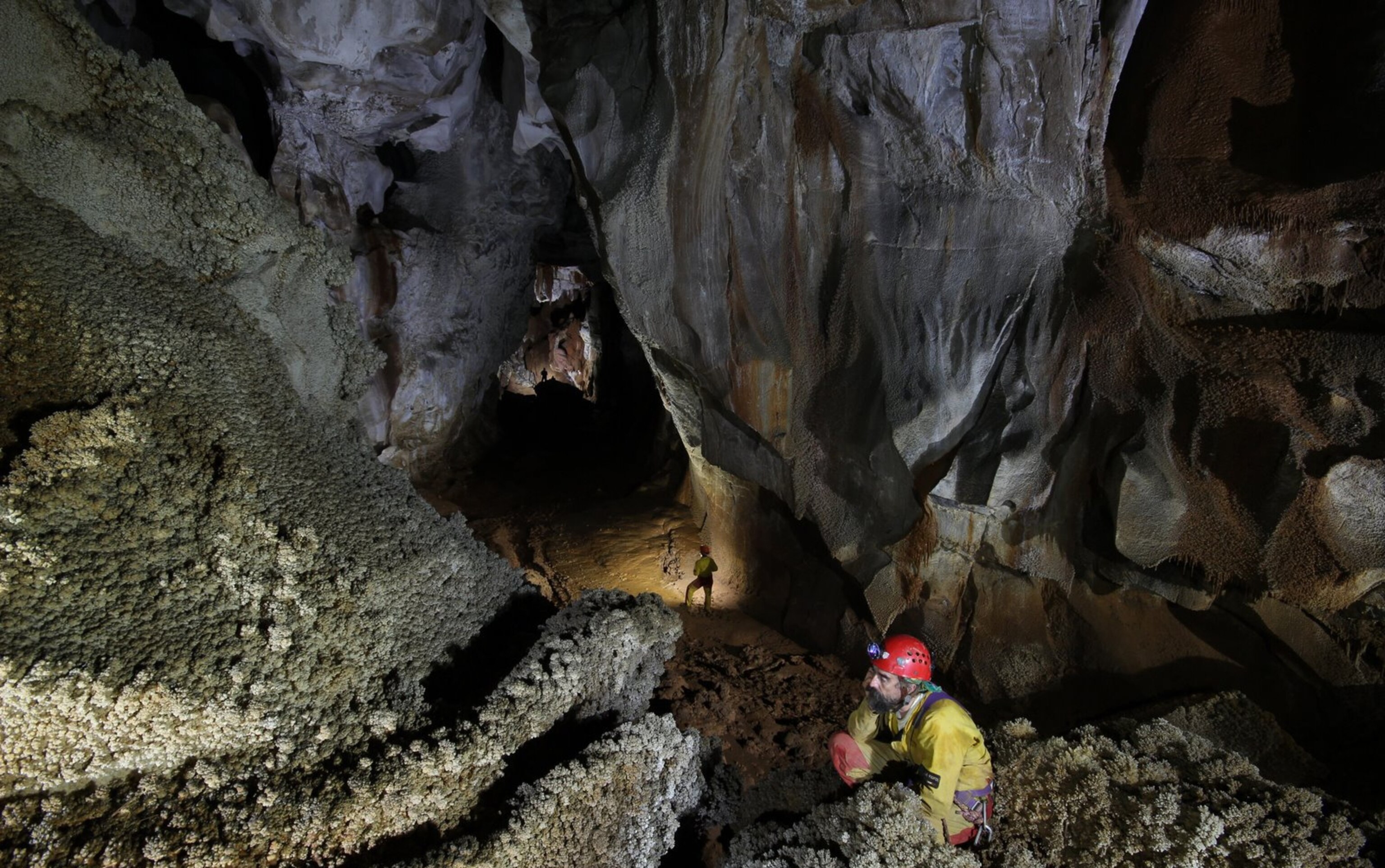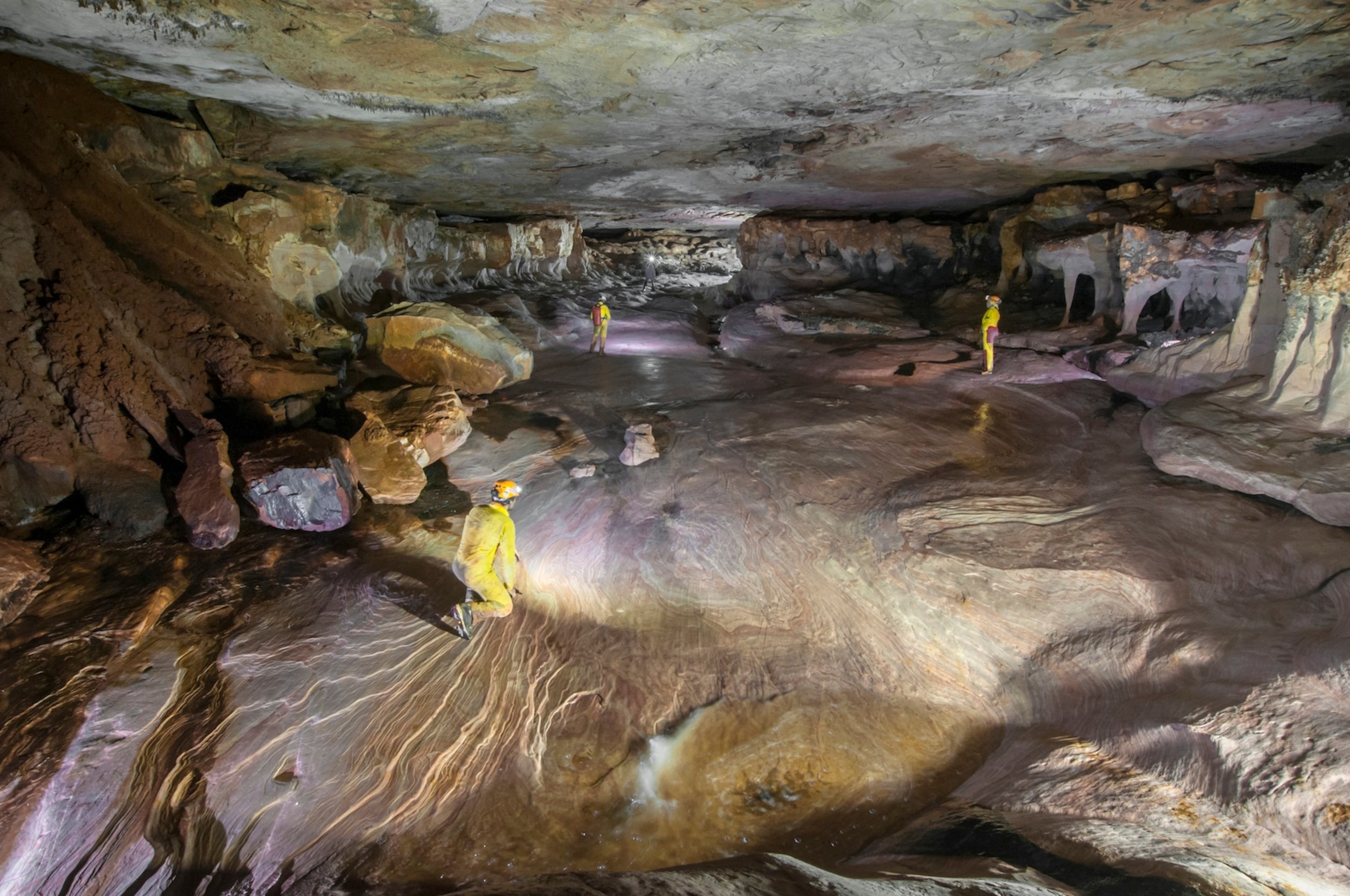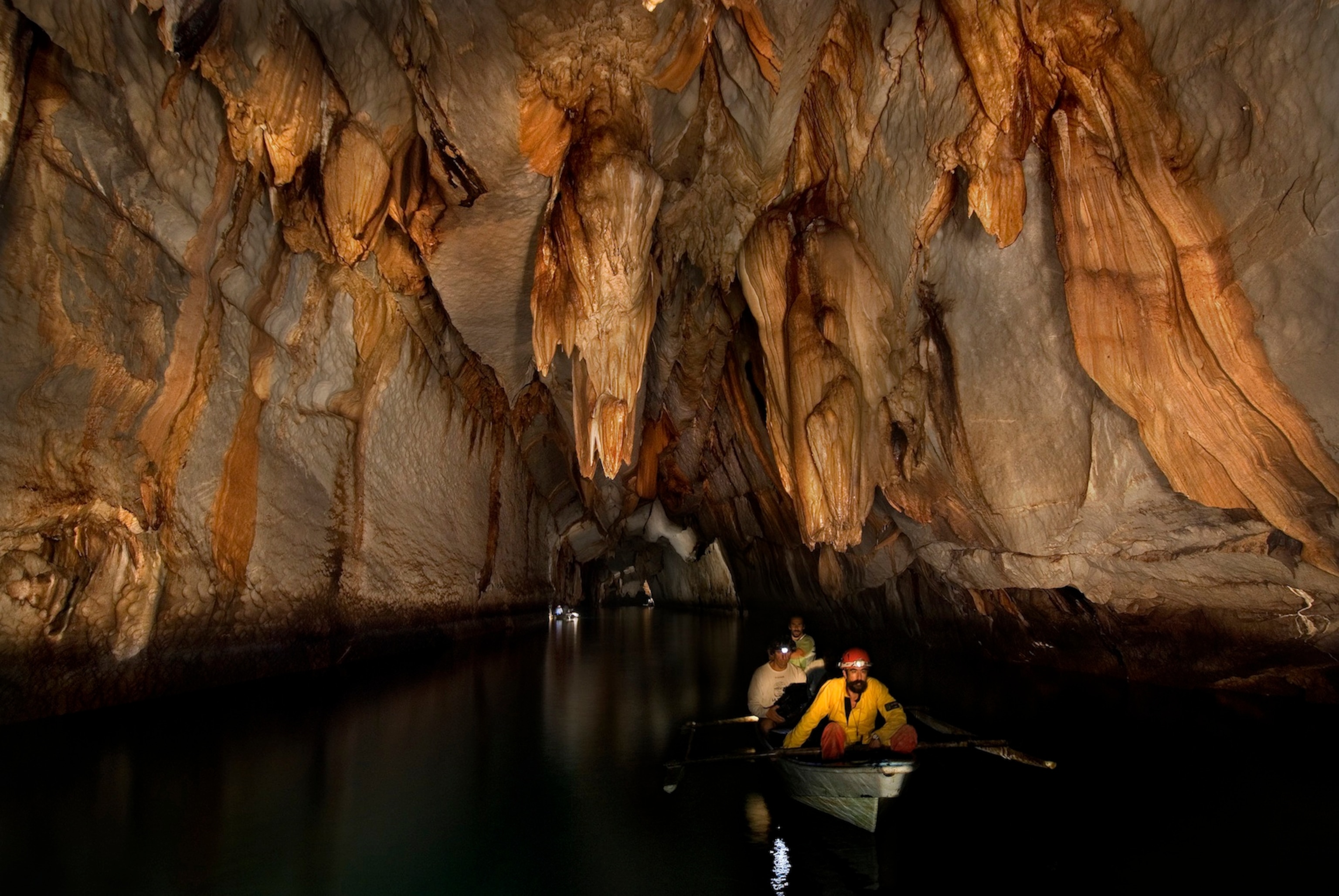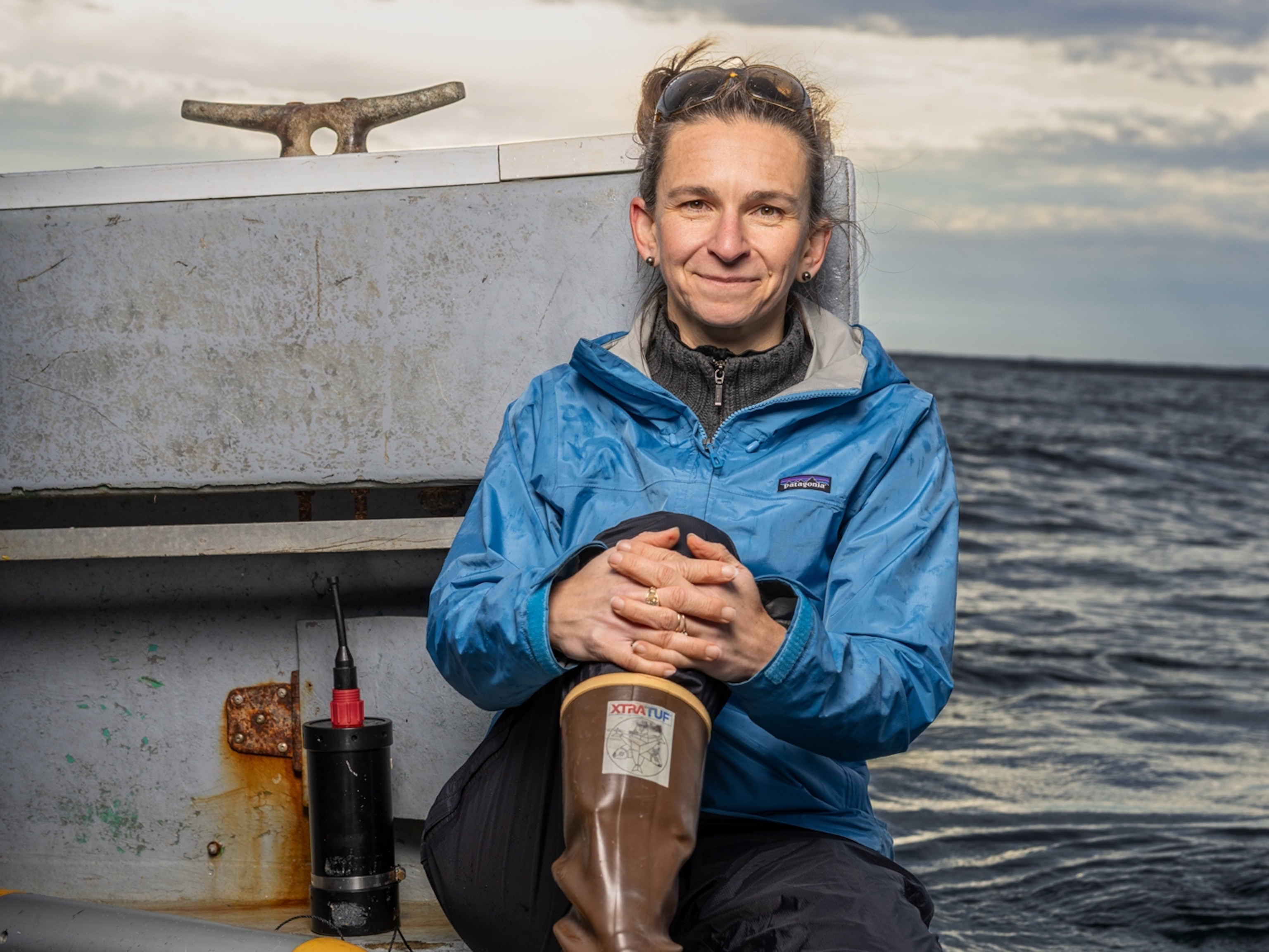
Finding Light in Earth's Darkest Places
Antonio De Vivo has spent most of his life exploring hidden caves around the world.
Caves are cold, dark, claustrophobic, and often dangerous to navigate. But there are few places Italian explorer and speleologist Antonio De Vivo would rather be.
“Every day inside a cave is still like the first time—emotionally, you have the same feeling, the joy of exploring, the pleasure of getting to know more about our planet,’’ he says.
De Vivo has been on 40 caving expeditions, including several subterranean journeys that have taken him to some of the most remote places in the world.
He may be best known for his work in southern Mexico’s isolated Río La Venta Canyon, a mosaic of underground rivers and caves in Chiapas that he explored on several expeditiions from 1989 to 2011.

Funding from a Rolex Award for Enterprise enabled De Vivo and a team of researchers to discover and study the remains of pre-Columbian residents, defining the area as an important archaeological sight and ancient travel route between the Atlantic and Pacific oceans.
De Vivo’s latest expeditions have taken him to the Puerto Princesa Subterranean River National Park, a vast network of water channels, and to the caves on Palawan, a western island in the Philippines. Formed about 20 million years ago, it features huge sinkholes and vast cave systems and hosts one of the world’s richest, most complex underground ecosystems.
De Vivo plans to return to Palawan in May 2017 to monitor cave climatology and study two massive colonies of bats that reside there.
“Even though the biological research is just beginning, the speleological and geological study of the region has already allowed us to sketch the main trends of in the geomorphic evolution of these vast cave systems,’’ De Vivo says.

De Vivo says he gets the same thrill from caving as he did when he first started at the age of 14. Now 58, he shows little sign of slowing down. At home in the northern Italian city of Padua, he teaches mountaineering and climbing courses. He's contemplating a 2018 expedition to explore a remote cave system in Venezeula.
“I’ve had a chance to explore caves all around the world, and despite my age and experience, there’s still a lot of joy in seeing something nobody else has seen before,’’ he says.





